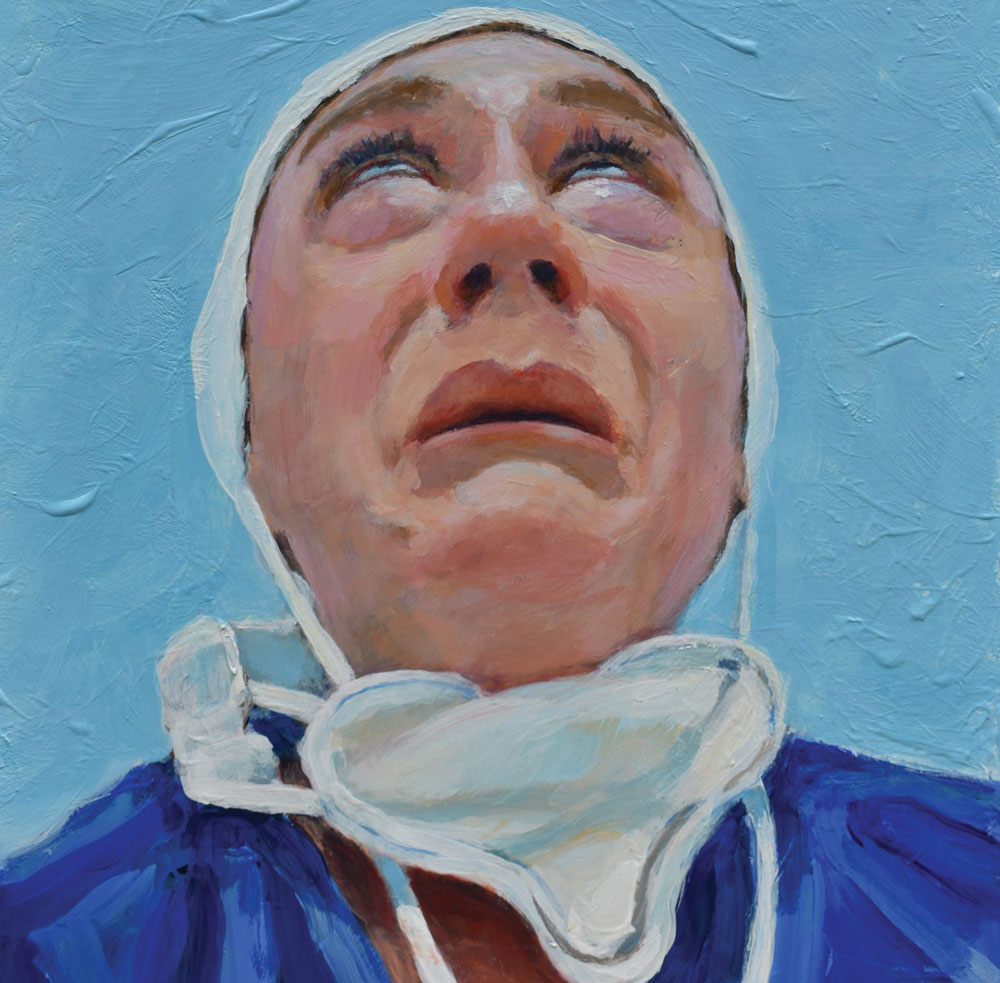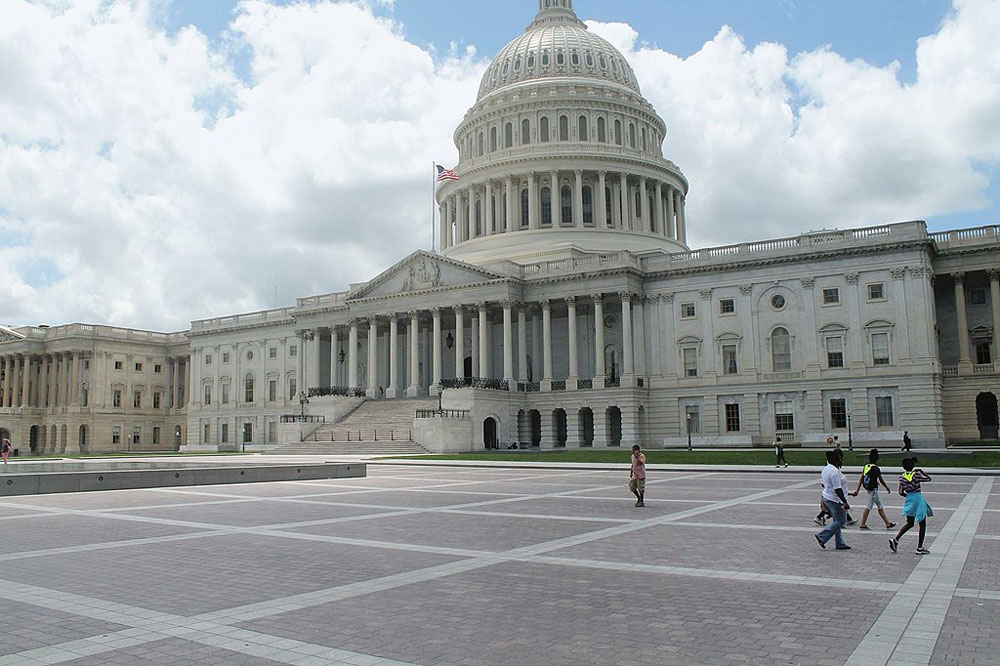October 23, 2011; Source: Tampa Bay Tribune | For many organizations, the athletic event has replaced the high-priced charity event. Case in point was this weekend’s Susan B. Komen 3-Day for the Cure, a sixty-mile trek in Florida that was to have involved 2,400 participants. Each of those walkers had to put $2,300 on his or her credit card to participate.
The organization actually runs 14 of these walks across the country, with a gross last year of $81 million. Of this, it says it devotes 84 cents of each dollar to the mission. This trumps the formula of the other 120 existing Race for the Cure Events, which require no minimum donation and have raised a mere $122 million in total. The high-priced, more intensive event is clearly a winner for now.
Yesterday, The Tampa Bay Tribune published an article discussing the business models in use by some of the largest events producers—and some of them are very large. The 30 largest athletic fundraisers last year raised a total of $1.65 billion. Below is a list, produced by Running USA, of the five largest charity athletic-event producers and their take:
Sign up for our free newsletters
Subscribe to NPQ's newsletters to have our top stories delivered directly to your inbox.
By signing up, you agree to our privacy policy and terms of use, and to receive messages from NPQ and our partners.
Run Walk Ride Fundraising Council’s top five programs by revenue—2010
Relay for Life (American Cancer Society) $416.5 million
Race for the Cure (Susan G. Komen for the Cure) $121.9 million
March for Babies (March of Dimes) $102.3 million
Team in Training (Leukemia & Lymphoma Society) $97.0 million
Start! Heart Walk (American Heart Association) $90.3 million
What do you think about these events with their very pricey threshold fees? They clearly broaden the market of the traditional charity ball by engaging those able to contribute at an event in these higher dollar amounts, since many participants do not pay the fee themselves but raise it from a third party. But some have complained that the price of admission is too high, thus discouraging enrollment. Your thoughts?—Ruth McCambridge













